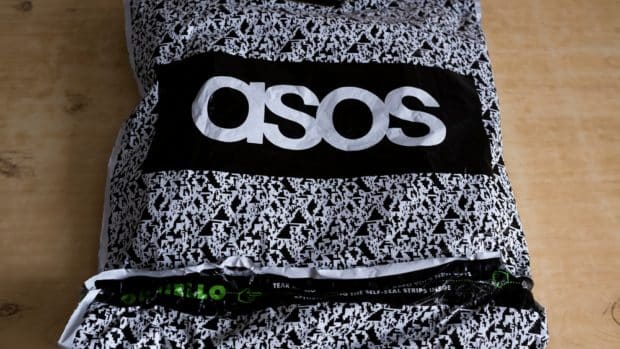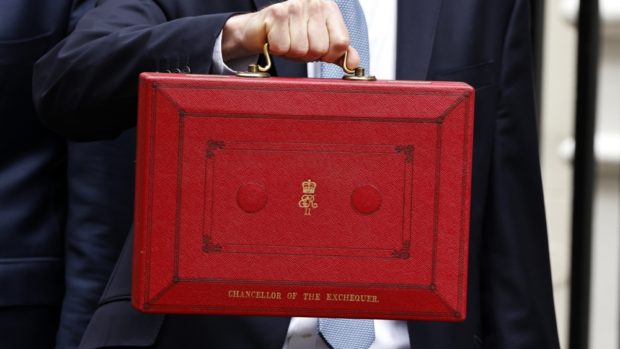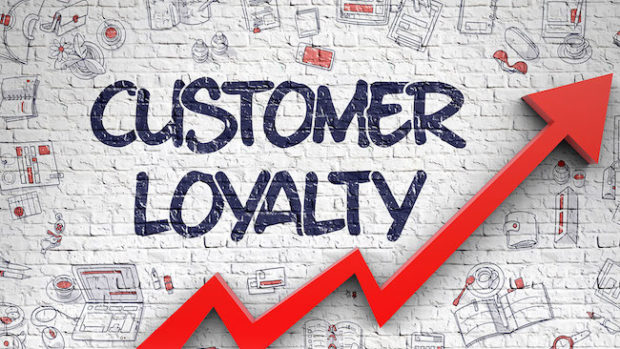I was invited to spend a day with the Executive Team. The business (a classic “omnichannel” brand, as the pundits, would say) was not performing to expectations.
Our meeting begins at 8:00 am. After about ten minutes, I notice that the Chief Marketing Officer is not in the room. The Executive Team is discussing strategy. The Executive Team is discussing marketing strategy. Why is the Executive Team discussing marketing strategy without the marketing leader?
At 10:00 am the Chief Marketing Officer and his direct reports are invited into the conference room. The CMO pulls out a Powerpoint Presentation filled with buzzwords that would make any vendor in the marketing community happy! One might even think that the presentation was tailored to the marketing vendors hired by the CMO instead of being tailored to the Executive Team.
An hour later, the CMO asks if there are “any questions”? Nobody asks a question. The CMO and team leave the conference room.
As other Executives check email or messaging while waiting for the next session, the Chief Financial Officer (CFO) whispers into my ear “Am I wrong, or could anybody run the marketing department?” In the next hour, the CFO initiated a spirited discussion about the merits of paid search and search engine optimization. The marketing leader was not in the room for the discussion.
I have been a consultant for nearly a dozen years, and have spent nearly thirty years in the retail and eCommerce world. If there is anything I’ve learned in three decades, it is this … marketers desperately need what I call a Marketing Management System.
What is a Marketing Management System?
A Marketing Management System is a framework under which all strategic decisions are made. In sports, each team has a framework, a system under which decisions are made. Players are evaluated based on the system the team uses. Will the player fit into the system? The same logic applies to a Marketing Management System. There are a set of guidelines set forth by the marketer, from Day One of his/her tenure. The marketer teaches the organization why the guidelines are important and leads the organization toward success.
What are the guidelines? I call the guidelines the “Great Eight”. Let’s review the Great Eight. I will present the topic with the assumption that a new Marketing Leader just took over a department. The best time to implement the “Great Eight” is when taking over a new department.
Audience: Too many marketers focus on tactics. They bid on specific keywords. They hire influencers. They personalize email campaigns. Those are valid tactics, but the tactics fail to address a key issue – do the tactics align with the Audience the brand is speaking to? Too often, the answer is “no”. Marketers send catalogs to a thirty-year old audience when the primary audience for catalogs is frequently rural customers older than sixty years old. An Instagram influencer might reach a thirty-year old audience but be irrelevant to a sixty-year-old customer. The new Marketing Leader teaches the organization who the Audience is. S/he teaches every employee to have this Audience in mind when thinking about merchandise, creative, and strategy.
Awareness: In the past ten years, marketing steered away from brand-related activities. Instead, marketing activities now align more closely with tactics that are easily measured for return on investment. The new Marketing Leader recognizes that the industry moved too far down the path of return on investment. The new Marketing Leader develops Awareness programs, frequently low-cost or no-cost in nature, programs designed to teach the prospect to care about the brand so when the prospect is ready to purchase the prospect considers his/her brand.
Acquisition: The new Marketing Leader demonstrates, to every single employee, how many customers need to be acquired on Day One of his/her tenure. Most marketers have credible Acquisition programs (Google, Facebook). Most marketers don’t know how many new customers need to be acquired on an annual basis to enable a brand to grow at a healthy rate. The new Marketing Leader shares five-year forecasting simulations designed to demonstrate how many customers need to be acquired and how much money needs to be spent to enable the brand to grow at a healthy rate.
Welcome Programs: The new Marketing Leader teaches the organization that the three months following a first purchase are the most important three months in the development of the customer. If the customer doesn’t purchase again quickly the customer slowly fades away. By quickly converting the customer to a second purchase, the new Marketing Leader improves lifetime value, protecting the future of the brand.
Anniversary Programs: The new Marketing Leader capitalizes on traditional Anniversary Programs (like Christmas or Spring if you are gardening brand). Just as important, the new Marketing Leader creates an annual event so important that customers have to purchase during the event. I used to work at Nordstrom, and we did Christmas-level sales during our Anniversary Sale in July. Look at what Amazon accomplished with Prime Day in just four years? They generated between three billion and four billion in sales in one day in July 2018. That’s crazy!! That’s the power of a true Anniversary Program. Every company needs a program that generates Christmas-level business in an off month.
Optimization Programs: The new Marketing Leader dives head-first into personalization activities. In email marketing, merchandise is aligned with individual customer buying patterns. In print and especially in catalog marketing, customers who demonstrate consistent online preference are optimized to reduce ad cost and increase profit. The money saved in Optimization Programs is reinvested in Awareness/Acquisition Programs, allowing the brand to generate more new customers.
New Merchandise: The new Marketing Leader develops partnerships with the merchandising/product team. When the merchant has five or six key new items that show promise, the new Marketing Leader aligns those items in email campaigns with the customers most likely to purchase the new items. New Merchandise eventually becomes winning Existing Merchandise, so the more new items the marketer can help promote to winning status the better – there will be more Winning Merchandise next year, protecting the future of the brand. The new Marketing Leader leverages low-cost / no-cost channels (email, social/Instagram, landing pages, home page) to promote New Merchandise that shows promise.
Winning Merchandise: The new Marketing Leader uses the best items in the most expensive channels (typically print/catalogs, television advertising, radio). The more productive an item is, the more money the Marketing Leader can spend to acquire new customers. It is common for the top 10 per cent of the merchandise assortment to generate at least 50 per cent of annual sales. The new Marketing Leader teaches all employees to promote the best merchandise inexpensive channels and to promote the best merchandise to the least marginal customers.
By following the “Great Eight”, the new Marketing Leader employs a Marketing Management System designed to improve short-term performance while delivering long-term business health. By following the “Great Eight”, the new Marketing Leader outperforms peers while generating significant profit for the brand s/he works for.
by Kevin Hillstrom, President, MineThatData








Share